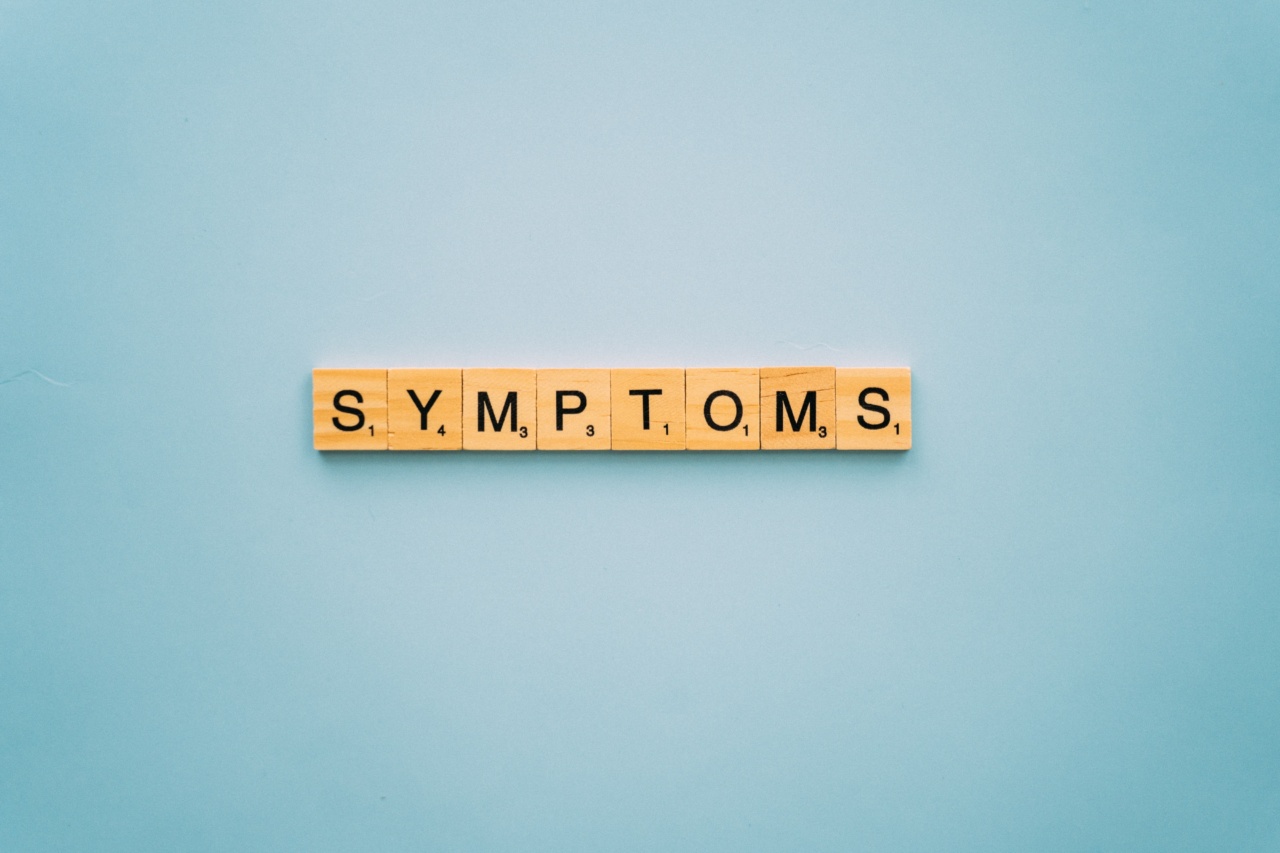Kidney colic refers to a severe pain caused by kidney stones, a condition known as renal calculi. Kidney stones are hard deposits formed in the kidneys from minerals and salt crystals found in urine.
When these stones move from the kidneys and get stuck in the urinary tract, they can obstruct the flow of urine, leading to excruciating pain.
Signs and Symptoms of Kidney Colic
Identifying kidney colic in its early stages is crucial for prompt treatment and relief. Here are some common signs and symptoms to watch for:.
1. Sudden and Intense Pain
The most recognizable symptom of kidney colic is sudden and intense pain. The pain typically starts in the back, just below the ribs, and radiates towards the lower abdomen and groin.
The pain comes in waves and can be excruciating, often described as one of the most severe pains experienced by individuals.
2. Flank Pain
Kidney colic pain is commonly referred to as flank pain. Flank refers to the side of the body between the lower back and the upper abdomen. The pain is usually one-sided and can be felt on the left or right side, depending on which kidney is affected.
3. Hematuria
Blood in the urine, known as hematuria, is another common symptom of kidney colic. The presence of kidney stones can lead to irritation and damage to the urinary tract, causing blood to appear in the urine.
The color of urine may vary, ranging from pink or red to brown.
4. Urinary Frequency and Urgency
Kidney stones stuck in the urinary tract can cause urinary frequency (an increased need to urinate) and urgency (a strong and sudden urge to urinate). However, due to the obstruction caused by the stones, the amount of urine passed may be reduced.
5. Painful Urination
When kidney stones cause a blockage, passing urine can become painful. Individuals may experience a burning sensation or discomfort while urinating due to the presence of stones irritating the urinary tract.
6. Nausea and Vomiting
Kidney colic can also lead to feelings of nausea and, in some cases, vomiting. The intense pain experienced can trigger these symptoms, making it important to monitor any gastrointestinal disturbances that accompany the pain.
7. Fever and Chills
In some instances, kidney colic may be associated with an infection. If a kidney stone leads to a urinary tract infection, individuals may experience fever and chills alongside the typical symptoms of colic.
It is important to seek medical attention promptly if fever is present.
8. Back and Abdominal Tenderness
During a kidney colic episode, the affected area may become tender to touch. Pain and tenderness can be felt in the lower back, abdomen, and sides. Gentle pressure in these areas may worsen the pain.
9. Restlessness and Agitation
The intense pain of kidney colic can cause individuals to become restless and agitated. It can be challenging to find a comfortable position, leading to restlessness and an inability to sit or lie still.
10. Changes in Urine Color and Odor
Besides blood in the urine, kidney colic may also cause changes in urine color and odor. The urine may appear cloudy or have a strong, unpleasant smell. These changes are often indicative of an infection or the presence of stones.
Conclusion
Recognizing the signs and symptoms of kidney colic is essential for early detection and appropriate medical intervention.
If you experience sudden and severe pain in the back or abdomen, blood in the urine, urinary frequency and urgency, or any other concerning symptoms mentioned, it is crucial to consult a healthcare professional for a proper diagnosis and treatment options.






























